
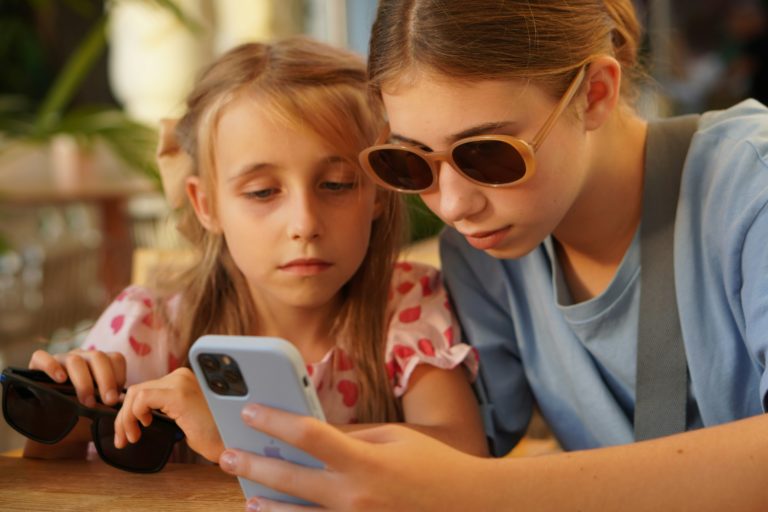
What parents need to know about Australia’s new social media ban
How to Support Your Kids Through It
Starting this December, big changes are coming to the way young people in Australia use social media. A new law will ban anyone under 16 from creating accounts on platforms like Instagram, TikTok, Snapchat, Facebook, X (formerly Twitter), and now even YouTube. It’s all part of the Online Safety Amendment (Social Media Minimum Age) Act 2024 — a response to rising concerns about mental health, cyberbullying, and the addictive pull of endless scrolling.
Even platforms once considered ‘educational exceptions,’ like YouTube, have been swept into the ban after further advice from the eSafety Commissioner. The plan is to roll out age verification tech to enforce it — but with that comes big questions around privacy, accuracy, and unintended side effects. In fact think tanks like Queensland University of Technology’s Media Research Centre, are already warning that cutting kids off cold turkey could drive some to riskier online spaces.
So what does this actually mean for Inner West families – and how can we guide our kids through the shift?
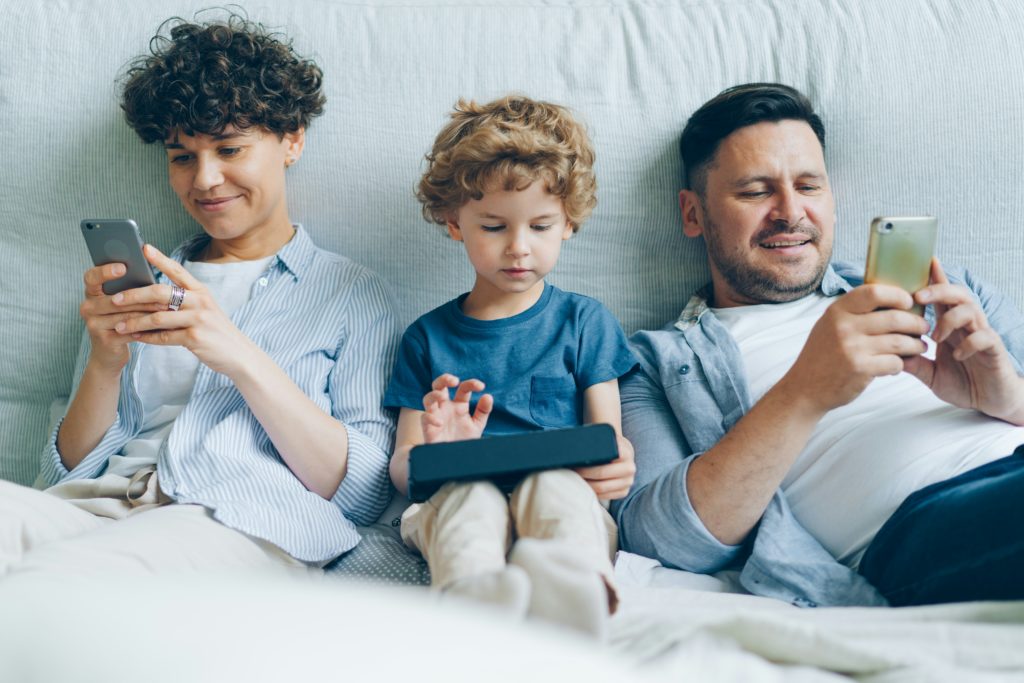
6 Ways to Support Your Child Through the Social Media Ban
1. Build Digital Literacy – Don’t Just Ban Platforms
Use this as a chance to teach your children how the internet works. Discuss privacy, content moderation, and how algorithms drive what they see. Research shows that active mediation (having open, two-way conversations about digital content) leads to healthier media habits and builds resilience — far more than banning alone.
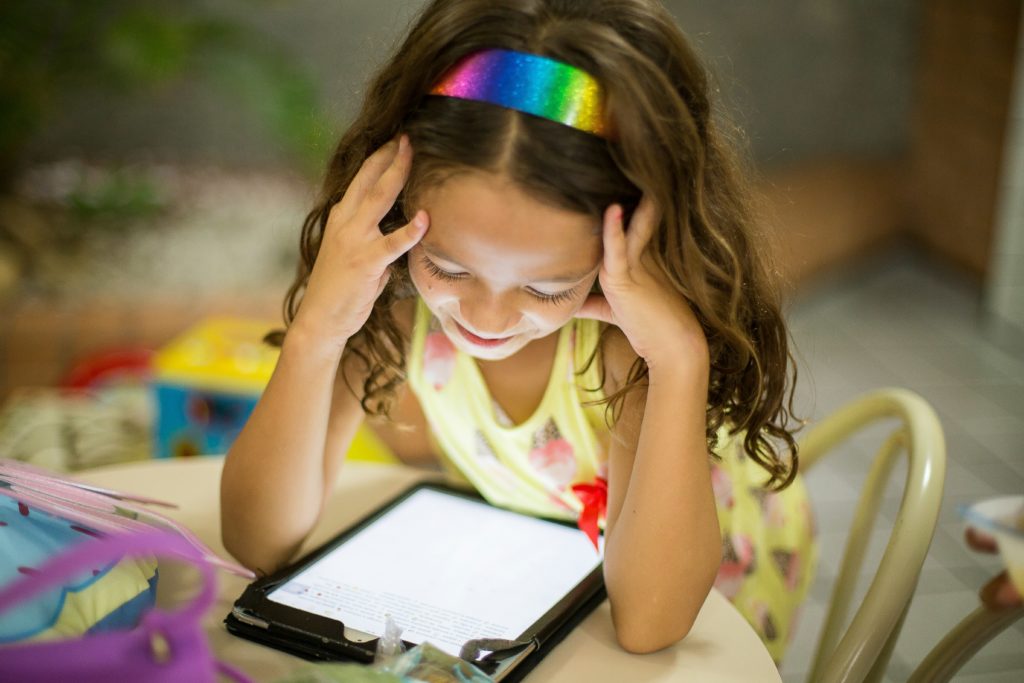
2. Watch and Talk Together (Co‑View)
If your child still watches YouTube (without logging in) or other video platforms, join them. Co-viewing provides opportunities to explain tricky topics and guide their understanding. According to research on digital parenting, this approach encourages critical thinking and strengthens trust.
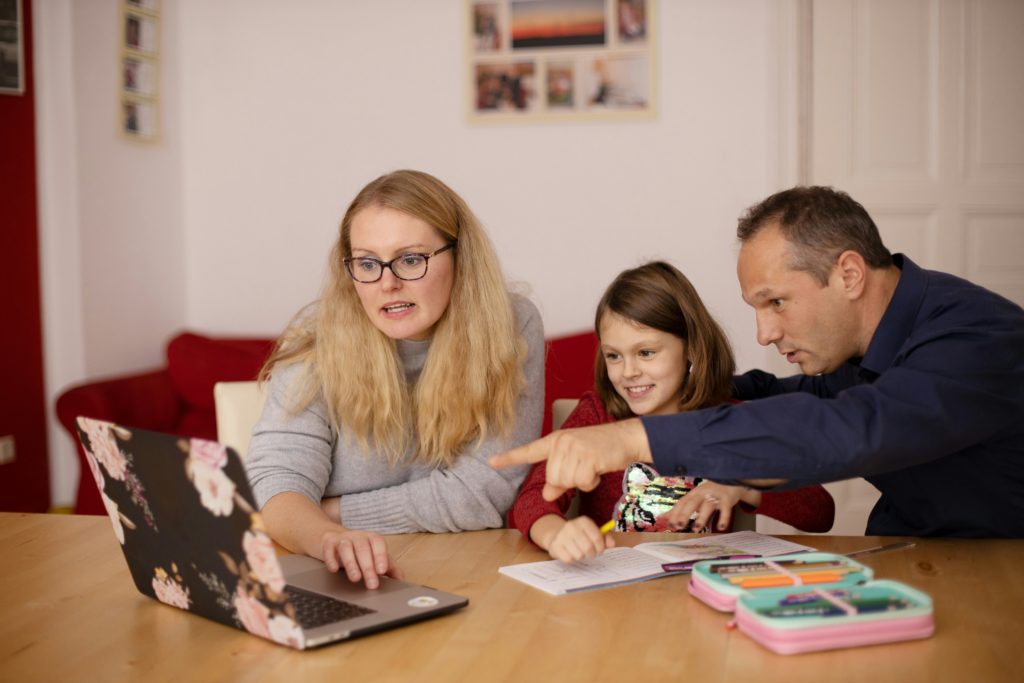
3. Focus on Quality Over Quantity
Not all screen time is created equal. Prioritise content that is educational, interactive or creative, rather than passive, endless scrolling. A recent Guardian article suggested replacing “entertainment-first” screen time with more purposeful use: coding apps, language games, or videos with meaningful messages.
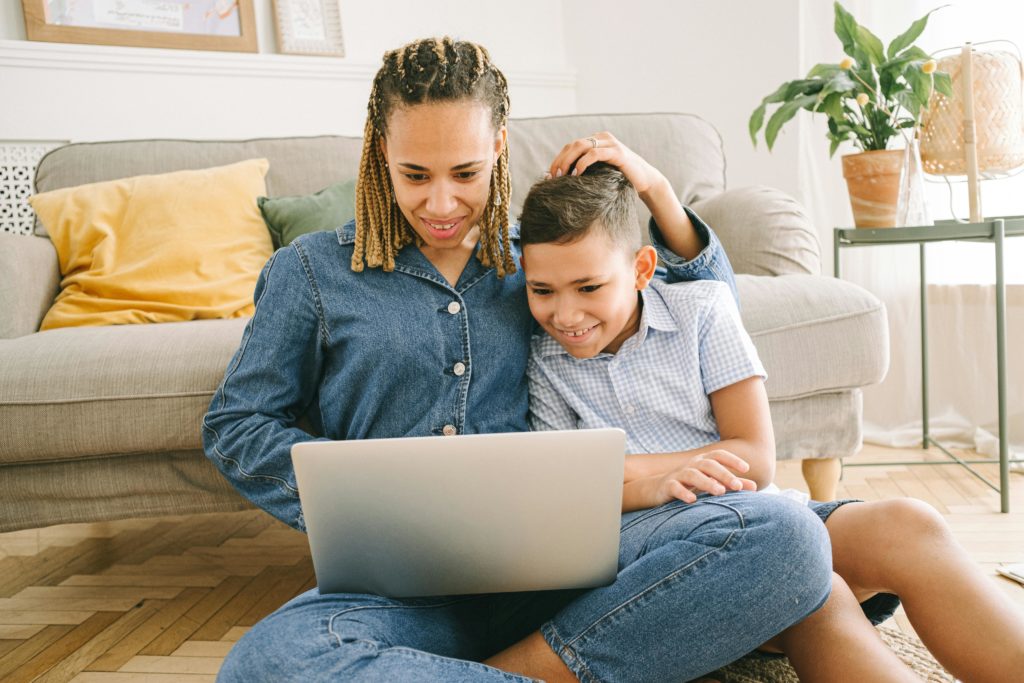
4. Create Family Media Agreements
Instead of hard rules, consider setting shared boundaries. For example:
- No screens during dinner
- Phones outside the bedroom at night
- Weekend “screen-free mornings”
- The American Academy of Pediatrics supports these kinds of household media plans to improve sleep, attention and mental health outcomes.
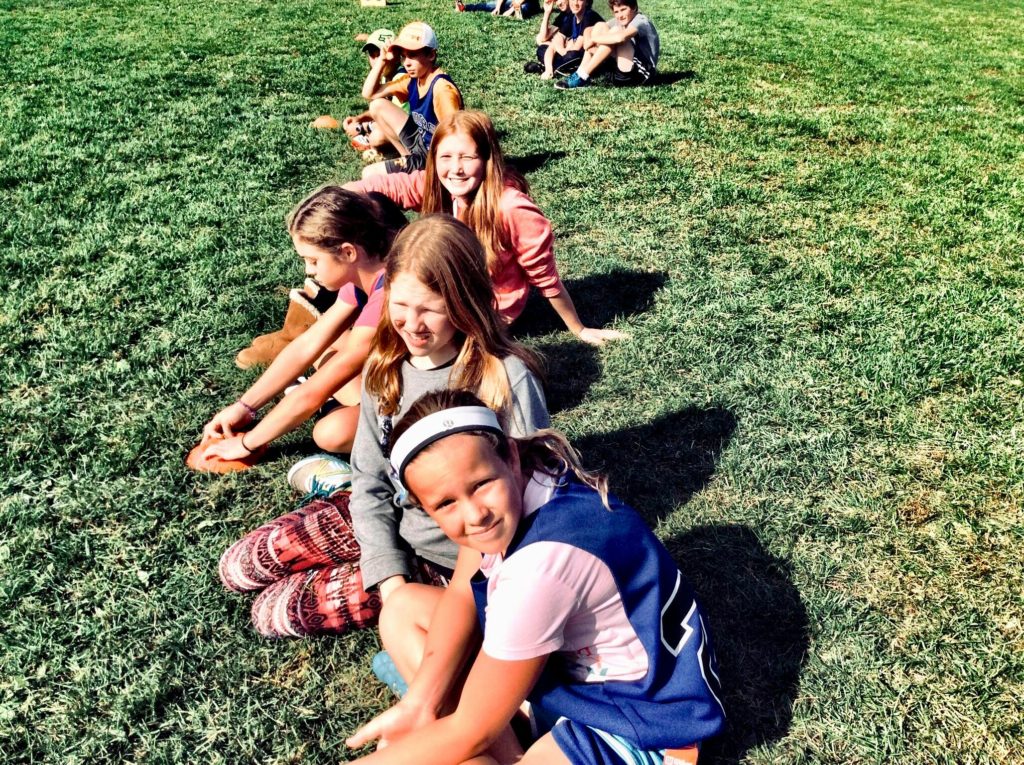
5. Encourage Offline Social Connection
It’s easy to forget that many tweens use social media to stay connected with friends. Support their transition by:
- Setting up regular in-person playdates or hangouts
- Encouraging extracurriculars like sport, art or drama
- Using family messaging apps (with adult management) for communication
- UNICEF also recommends offering alternatives to connection, rather than simply removing access.
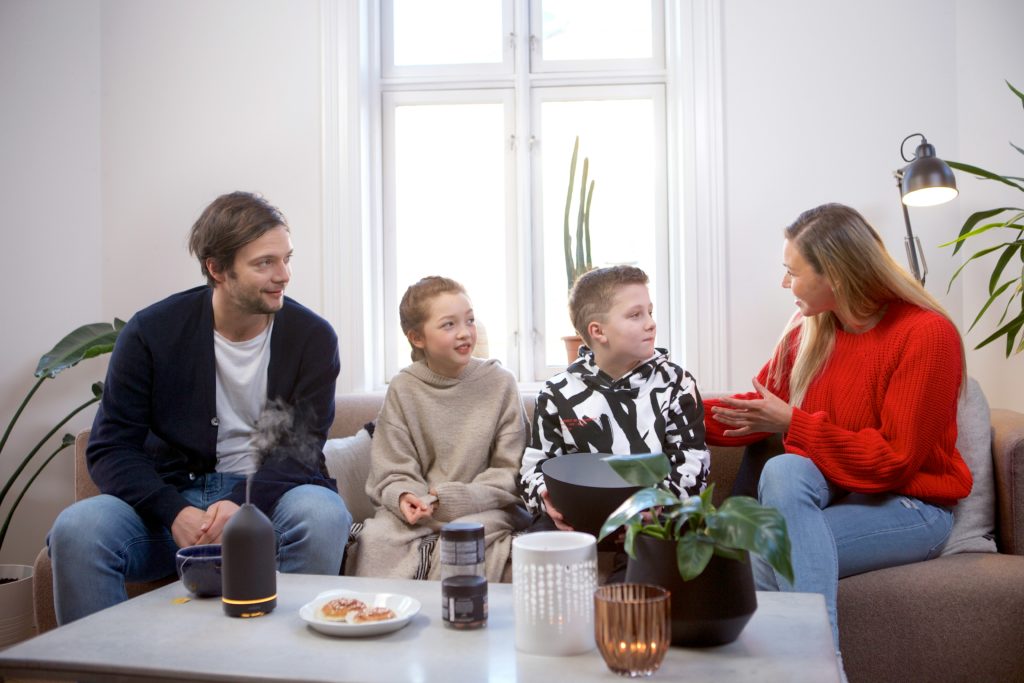
6. Talk About the Policy — and Listen to Their Views
Don’t shy away from the fact this is a big shift. Many teens feel blindsided or excluded from the digital spaces where their friendships exist. Use this moment to:
- Ask how they feel
- Acknowledge it might feel unfair or confusing
- Explore how and where they can still express themselves
Experts suggest that creating space for your child’s voice in discussions about tech use improves outcomes and reduces defiance (UNSW Digital Parenting Research).
Whether you’re breathing a sigh of relief or feeling uneasy about the social media ban for under-16s, one thing’s clear — the digital world is shifting fast. For Inner West families, that means navigating a new kind of parenting curveball: helping our kids feel safe and socially connected without the platforms they’ve grown up on (and that many of their friends might still be using).
But this change doesn’t have to push us further apart. It’s actually a chance to hit reset — to build better digital habits, open up more honest chats, and reconnect with our kids in a real way. Staying curious, informed, and involved means we’re not just pulling the plug — we’re plugging in, side by side with them, through it all.
📖 Looking for more resources? Visit the eSafety Commissioner site for downloadable resources, fact sheets and more.
Do you have an under-16 year old at home who is dreading the social media ban? How are you navigating the change? Drop a comment below or email us at info@theinnerwestmums.com.au to share your family tips.














